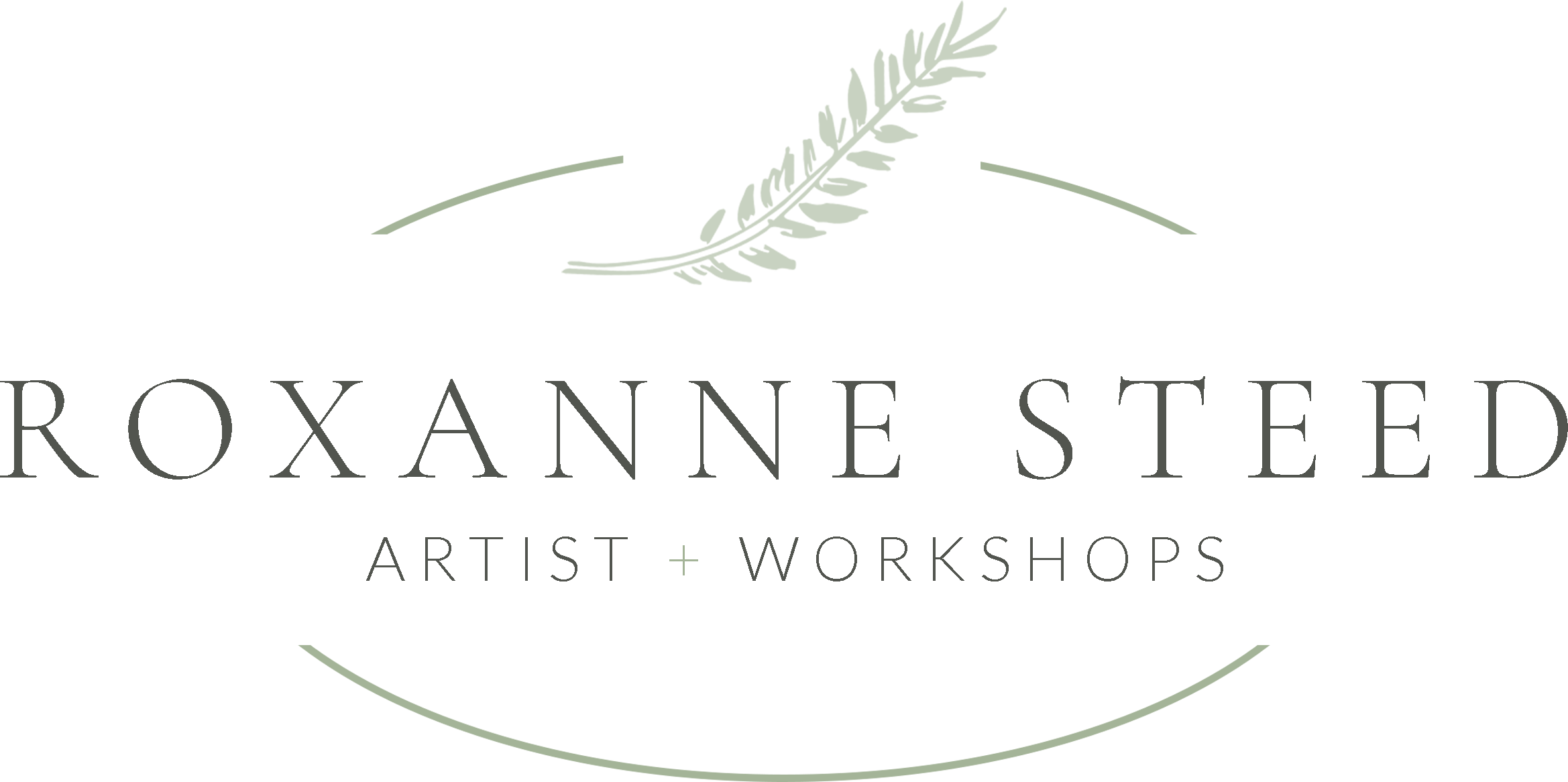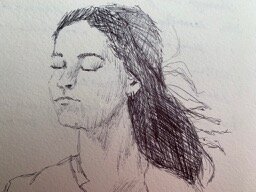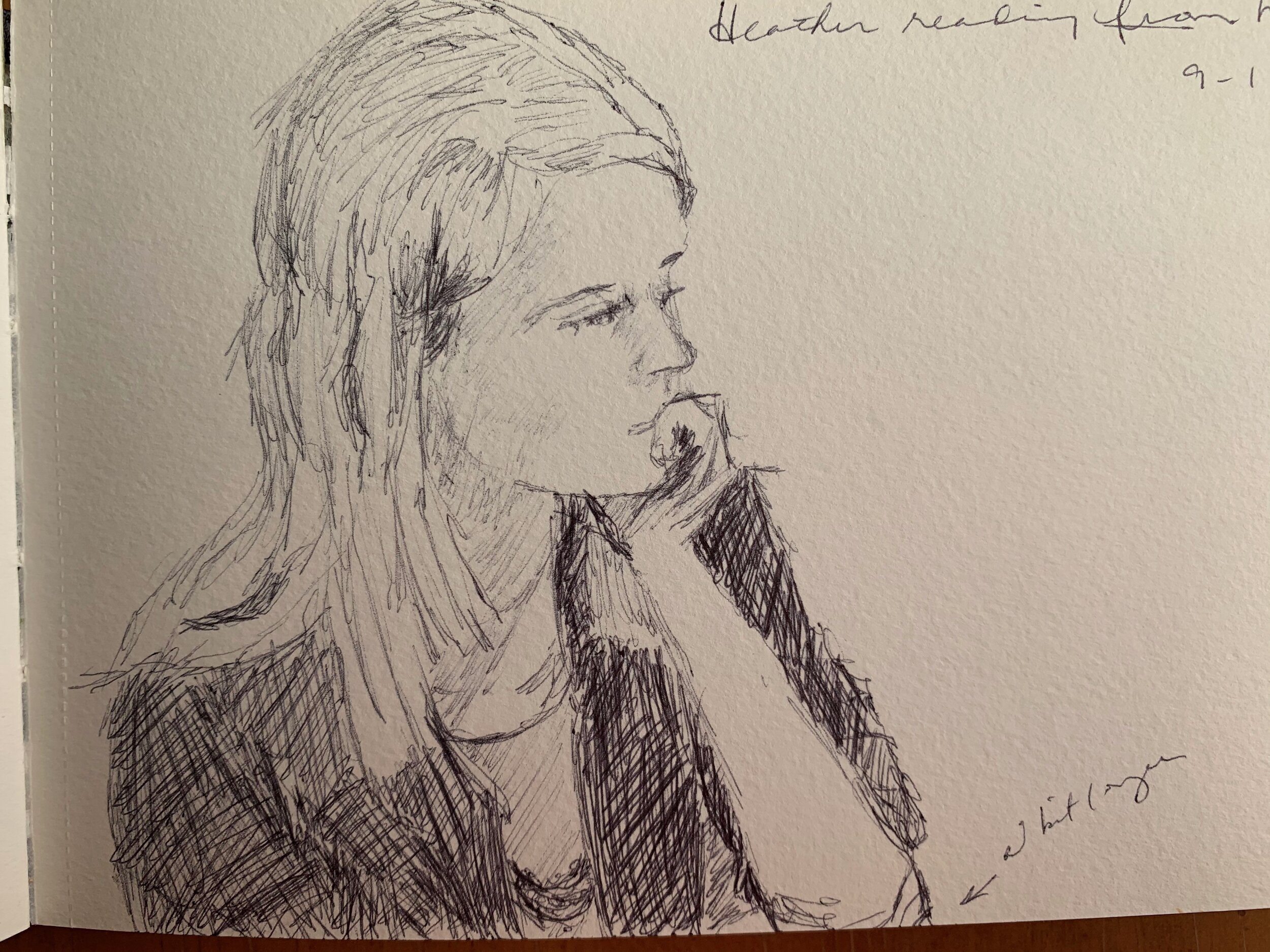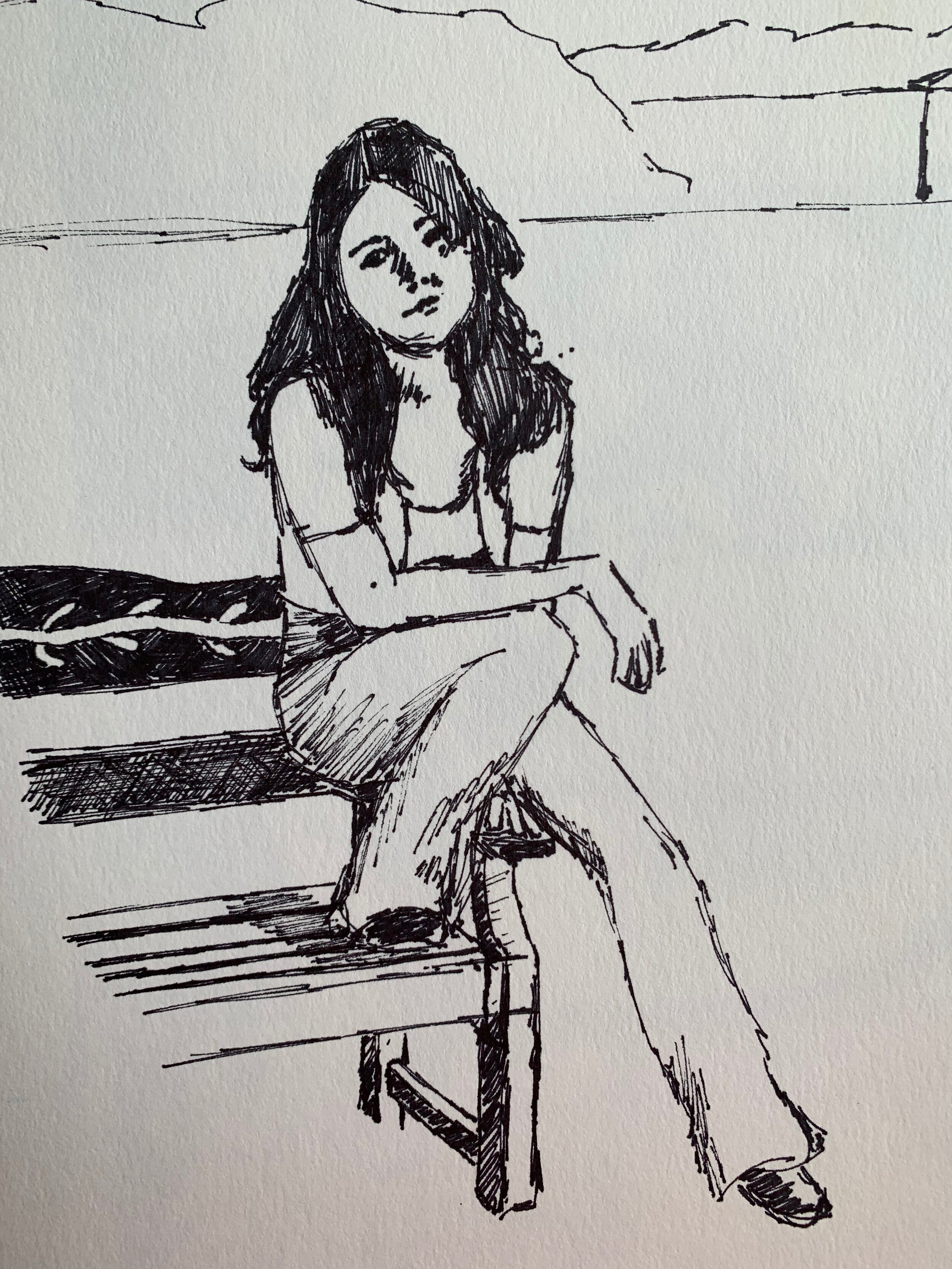When am I going to be able to draw like I want to draw?
Even ballpoint pens make wonderful sketching tools for a handy pocket sized sketchbook!
This post is from an email conversation with one of my students…but it could have been any of my students….or even myself at one time. The questions come in different forms, from
- “I’m seeing something ‘off’ but not sure what”
- “There’s this one thing that I can’t figure out”
-“I don’t even know where to begin, it’s so complex”
All the questions seem to boil down to - “When am I going to be able to draw like I want to draw?”
“As you can see, copying other’s cartoons is relatively easy, Micky Mouse and Fred Flintstone perhaps (they’re cute and fun besides). They are simple line drawings, flat cartoons (cartoons are usually flat and not dimensional…though more modern cartoons have built dimension through use of color). In our lifetimes, these are some examples of cartoons that we have seen many, many times (Mickey Mouse, the Flintstones, Disney characters, etc). We have a visual familiarity with them. Drawing actual people (rather than cartoons), we have to do the same thing, develop a visual familiarity by learning to see, really looking for this to be achieved. Start by simplifying them into their biggest shapes.
Many YouTube videos I’ve seen on drawing are quick videos to show you how to draw “one thing, this thing, and only this thing”, rather than the slow laborious process of learning “over-all how to draw”, which is a process of learning to see. We learn to see the outer SHAPES and dimensions, indicate the outer parameters on the page….starting with the outer shape before we get to details. Take one KNOWN size (for example, the HEAD in the lessons on drawing people) and everything else is compared to that measurement; the torso, the arms, anything you can compare it to, to get the measurement accurate. If we are working from life it will be a little different from working from a photo. I always recommend working from LIFE FIRST if at all humanly possible. When we do work from a photo, that first step is already taken - you’ve taken a three-dimensional object and made it two-dimensional. (It’s now flat!). When you work from life….you can walk around that object to see it at different angle if you’re not sure what you are seeing. You see a wholeness.
A quick sketch from life, with a fine tip ballpoint pen. Use what you’ve got on hand.
The absolute best way to learn to draw is to draw the figure from life - though it is VERY intense, takes a lot of time and commitment. Once you’ve learned to measure you can draw almost anything. However, most people that take my classes don’t want to start there. So I start out with much easier things, with simple shapes…such as the things we cover in the very first class - teddy bears, slippers, boots, leaves, gourds, pumpkins, etc. From there we go to things that are a little more challenging, focusing on whether that object is a sphere, cylinder, cone, etc. We start adding in ellipses, and linear perspective, faces- and getting those proportions correct.
So, to many people’s disappointment, it is not a task that we can present on a YouTube video: 1,2,3 here’s all you do…Instead, pretty much the process is to start with the BIG SHAPES (cylinder, cone, sphere, cube, etc); get the OUTER PARAMETERS to fit your page before you add details… and then MEASURE AND COMPARE. as you draw to check for accuracy. Also, you’ll want to consider, do you want it (the object you’re drawing) in a composition or on its own? Will the object you’re drawing be a ‘finished drawing’ or a sketch for a painting? Drawing is a skill that unfolds over a lifetime (but it’s never ‘too late’ to begin). It’s a task that we continue to put effort into on a daily basis to improve. My teaching methods are such that we build on small successes one at a time, expanding our skill sets as we go. Our learning is cumulative, and we build on those small successes each time we come to the paper.
Sketching from life with a Sharpie, late afternoon sun streaming in makes great shadows.
Don’t allow yourself to get discouraged!! If there is a troll in your head, kick him out!! You wouldn’t tolerate one online, so don’t allow one in your head to talk nasty to you! Get him out….and YOU be kind to yourself. Nurture that ‘young artist within’ so that they keep growing! . Yes, there is a lot to cover, and like those who love to learn, we always want more! You are doing great, right where you are!! You are just scratching the surface of a whole new lifetime - and making great progress! Keep going!! This is just one more reason it’s exciting to get up every single day…. and practice these skills!!
I hope that helps. I also hope you’re able to enjoy each part of the journey while you’re exploring and expanding your skills. Keep asking questions, stay inquisitive, seek answers - I KNOW you are right on track! "
Hope you enjoyed my email excerpts. The questions I receive are all things that I went through at various points along my art journey as well. So I hope you find it helpful to share these thoughts. Best wishes on YOUR art journey as well.




